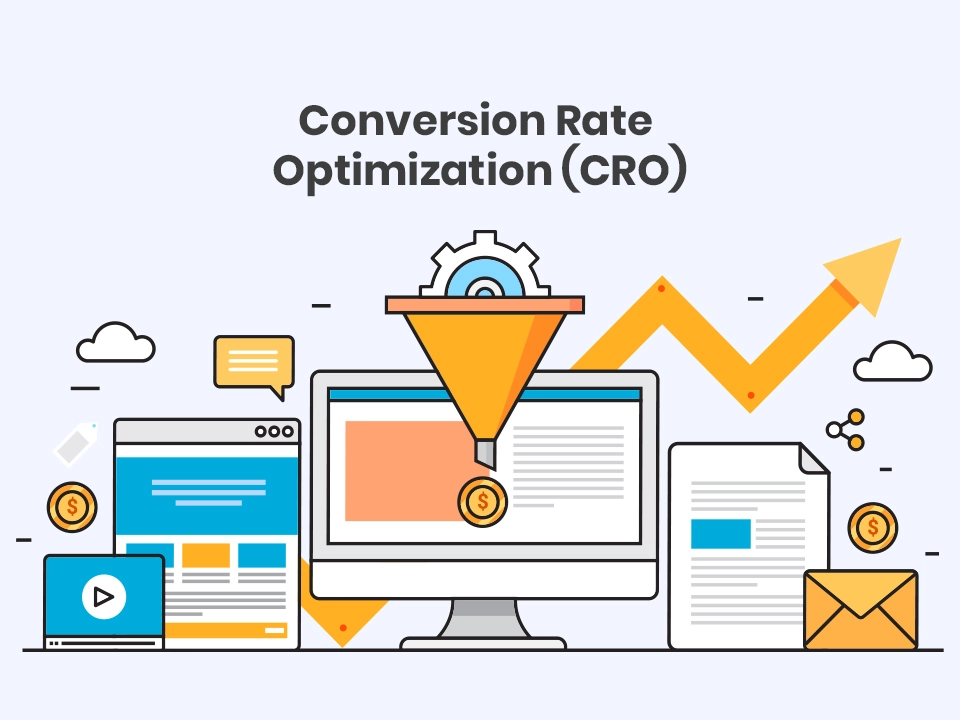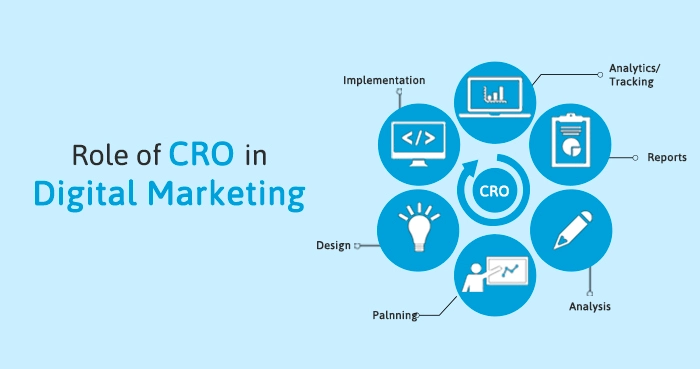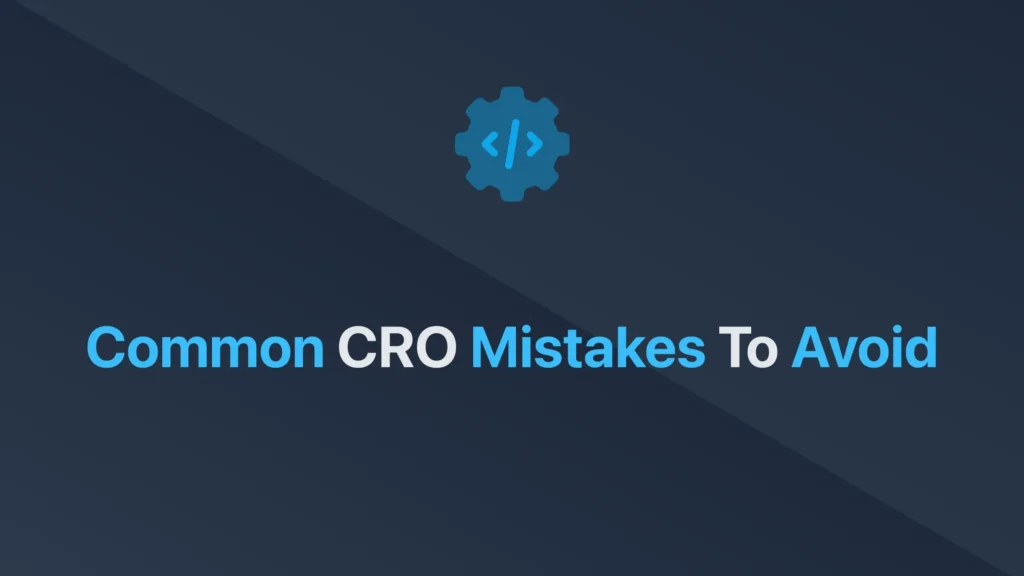Are you looking to turn more of your website visitors into customers? If so, Conversion Rate Optimization (CRO) might be just what you need. In this comprehensive guide, we’ll dive deep into the world of CRO, explaining what it is, why it’s crucial, and how you can implement it to boost your business. So, let’s get started!
What is Conversion Rate Optimization?
Conversion Rate Optimization (CRO) is the process of increasing the percentage of website visitors who take a desired action, such as making a purchase, filling out a form, or subscribing to a newsletter. Essentially, CRO focuses on improving the effectiveness of your website and its ability to convert visitors into leads or customers.

Why is CRO Important?
First and foremost, CRO helps you make the most out of your existing traffic. Instead of spending more money on acquiring new visitors, CRO allows you to maximize the value of the ones you already have. Additionally, a higher conversion rate leads to better ROI on your marketing efforts, increased sales, and improved customer insights.

Key Elements of CRO
To effectively optimize your conversion rate, you need to understand and implement the key elements of CRO. These include:

- User Experience (UX)
A seamless and intuitive user experience is vital. If visitors find your site difficult to navigate, they’re likely to leave without converting. Ensure your site is user-friendly, with clear navigation, fast loading times, and a responsive design.
- A/B Testing
A/B testing involves comparing two versions of a webpage to see which one performs better. By testing different headlines, images, calls-to-action (CTAs), and layouts, you can determine what resonates most with your audience and drives conversions.
- Landing Pages
Landing pages are often the first point of contact for potential customers. An optimized landing page should have a compelling headline, persuasive copy, and a clear CTA. Make sure it’s designed to address the visitor’s needs and guide them towards taking action.
- Call-to-Action (CTA)
Your CTA is a critical component of your conversion strategy. It should be clear, concise, and compelling. Use action-oriented language and make sure it’s prominently displayed on your website.
- Content
High-quality content that speaks to your audience’s needs and pain points is essential. Use engaging, informative, and persuasive content to build trust and encourage visitors to convert.
Steps to Implement CRO
Now that you understand the key elements, let’s explore the steps to implement a successful CRO strategy.
| Step | Description |
| Analyze Current Performance | Start by analyzing your current conversion rate and identifying areas for improvement. Use tools like Google Analytics to track user behavior and pinpoint where visitors are dropping off. |
| Set Clear Goals | Define what you want to achieve with your CRO efforts. Whether it’s increasing sales, generating leads, or boosting subscriptions, having clear goals will guide your optimization efforts. |
| Create a Hypothesis | Based on your analysis, develop a hypothesis on how you can improve your conversion rate. For example, if visitors are leaving your site without making a purchase, you might hypothesize that simplifying the checkout process will increase conversions. |
| Run A/B Tests | Implement your hypothesis by running A/B tests. Test different elements such as headlines, images, and CTAs to see which variations perform best. Make sure to test one element at a time for accurate results. |
| Analyze Results | After running your tests, analyze the results to determine which variations led to higher conversions. Use these insights to make data-driven decisions and implement the winning elements on your website. |
| Optimize and Repeat | CRO is an ongoing process. Continuously monitor your performance, run new tests, and optimize your site to keep improving your conversion rate |
Common CRO Mistakes to Avoid
While CRO can be highly effective, there are common mistakes you should avoid:
With an increasing number of people accessing the web via mobile devices, it’s crucial to optimize your site for mobile users. Ensure your site is responsive and provides a great user experience across all devices.

Testing multiple elements simultaneously can lead to inconclusive results. Focus on one change at a time to accurately measure its impact on your conversion rate.
Conclusion
Conversion Rate Optimization is a powerful strategy that can significantly boost your business’s performance. By understanding your audience, testing different elements, and making data-driven decisions, you can turn more visitors into loyal customers. Remember, CRO is an ongoing process, so keep testing, analyzing, and optimizing to stay ahead of the competition.
Read more: Video Marketing Essentials: Creating Engaging Video Content
FAQs
Results from CRO can vary depending on your website and the changes you implement. However, you can typically expect to see improvements within a few weeks to a few months.
Absolutely! CRO is beneficial for businesses of all sizes. Small businesses can particularly benefit as it allows them to maximize their existing traffic without needing to invest heavily in acquiring new visitors.
There are several tools available for CRO, including Google Analytics, Optimizely, Hotjar, and Crazy Egg. These tools can help you analyze user behavior, run A/B tests, and gather valuable insights.
No, CRO is an ongoing process. Continuous testing and optimization are essential to adapt to changing user behaviors and market trends.


